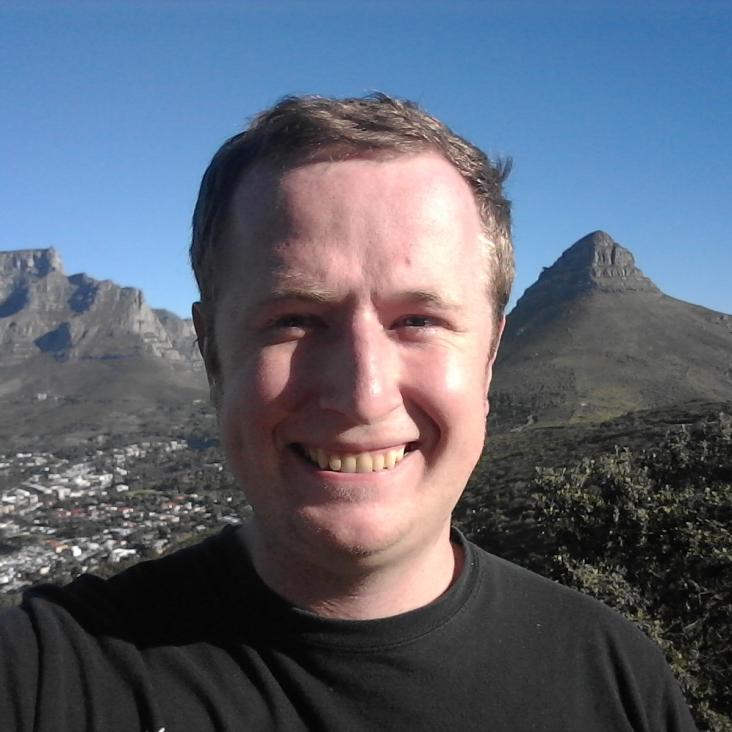The MeerKAT International GHz tiered Extragalactic Exploration (MIGHTEE) survey
Proceedings of Science Proceedings of Science (2016)
Abstract:
The MIGHTEE large survey project will survey four of the most well-studied extragalactic deep fields, totalling 20 square degrees to $\mu$Jy sensitivity at Giga-Hertz frequencies, as well as an ultra-deep image of a single ~1 square degree MeerKAT pointing. The observations will provide radio continuum, spectral line and polarisation information. As such, MIGHTEE, along with the excellent multi-wavelength data already available in these deep fields, will allow a range of science to be achieved. Specifically, MIGHTEE is designed to significantly enhance our understanding of, (i) the evolution of AGN and star-formation activity over cosmic time, as a function of stellar mass and environment, free of dust obscuration; (ii) the evolution of neutral hydrogen in the Universe and how this neutral gas eventually turns into stars after moving through the molecular phase, and how efficiently this can fuel AGN activity; (iii) the properties of cosmic magnetic fields and how they evolve in clusters, filaments and galaxies. MIGHTEE will reach similar depth to the planned SKA all-sky survey, and thus will provide a pilot to the cosmology experiments that will be carried out by the SKA over a much larger survey volume.The MeerKAT international GHz tiered extragalactic exploration (MIGHTEE) survey
Proceedings of Science (2016)
Abstract:
The MIGHTEE large survey project will survey four of the most well-studied extragalactic deep fields, totalling 20 square degrees to µJy sensitivity at Giga-Hertz frequencies, as well as an ultra-deep image of a single ∼1 deg2 MeerKAT pointing. The observations will provide radio continuum, spectral line and polarisation information. As such, MIGHTEE, along with the excellent multi-wavelength data already available in these deep fields, will allow a range of science to be achieved. Specifically, MIGHTEE is designed to significantly enhance our understanding of, (i) the evolution of AGN and star-formation activity over cosmic time, as a function of stellar mass and environment, free of dust obscuration; (ii) the evolution of neutral hydrogen in the Universe and how this neutral gas eventually turns into stars after moving through the molecular phase, and how efficiently this can fuel AGN activity; (iii) the properties of cosmic magnetic fields and how they evolve in clusters, filaments and galaxies. MIGHTEE will reach similar depth to the planned SKA all-sky survey, and thus will provide a pilot to the cosmology experiments that will be carried out by the SKA over a much larger survey volume.The rich are different: evidence from the RAVE survey for stellar radial migration
Monthly Notices of the Royal Astronomical Society Oxford University Press (OUP) 447:4 (2015) 3526-3535
Using line intensity ratios to determine the geometry of plasma in stars via their apparent areas
High Energy Density Physics Elsevier 6:3 (2010) 301-304


